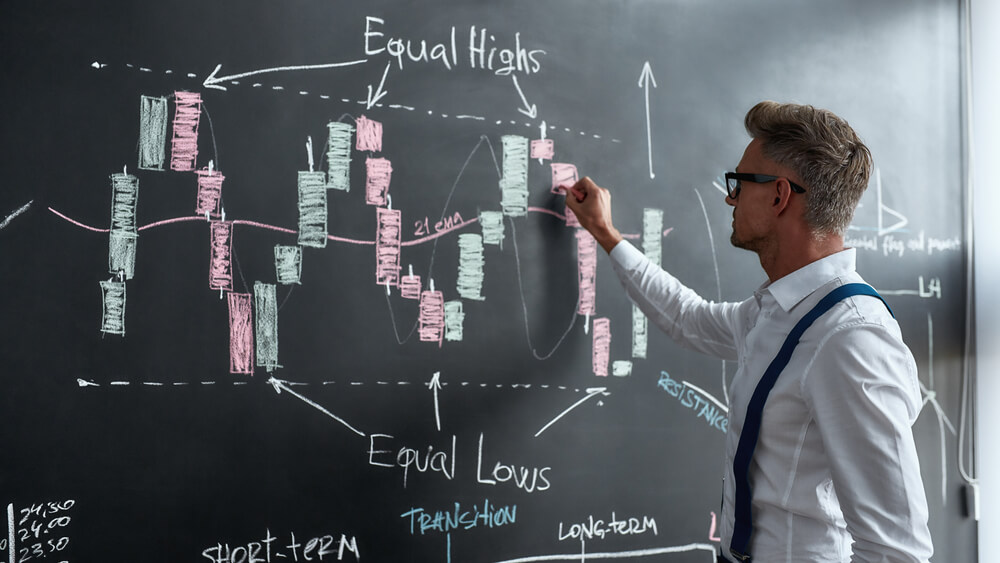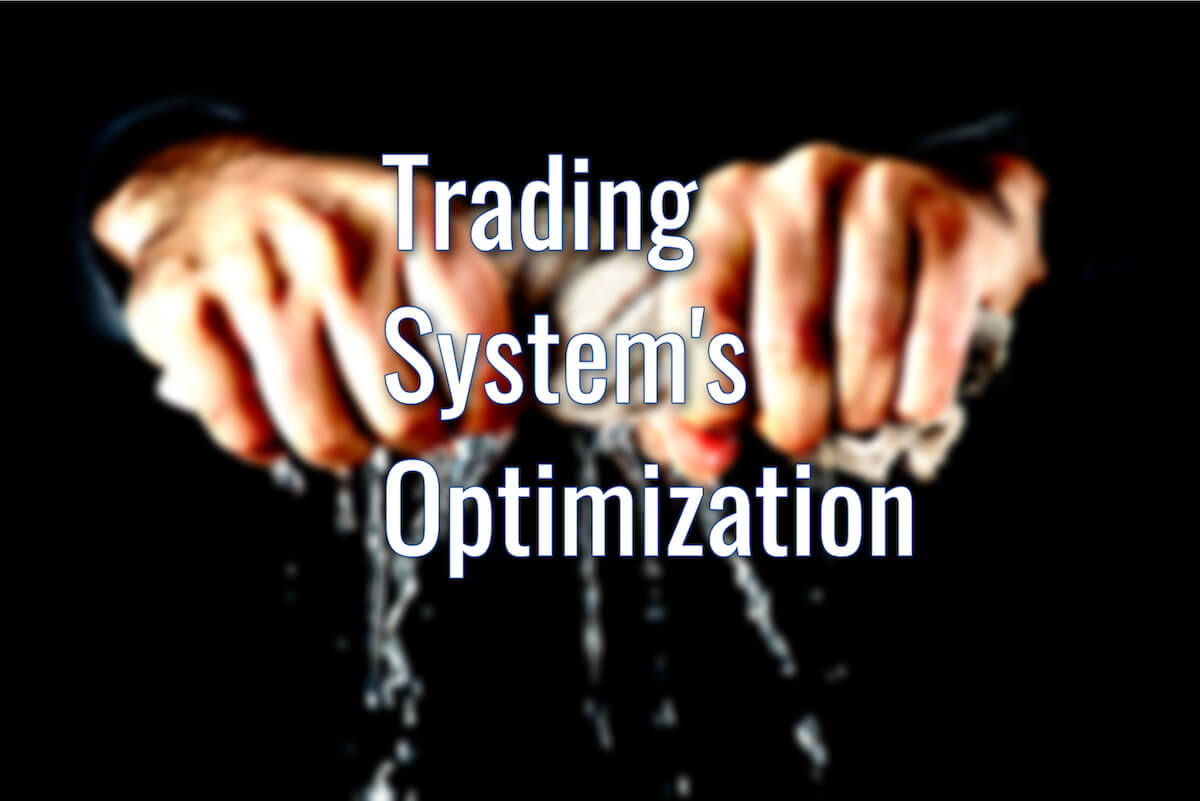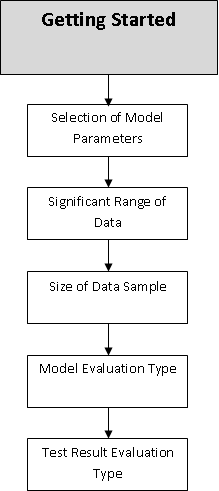Introduction
In a previous article, we introduced the basic concepts that should include a trading strategy. In this context, a trading strategy tends to be confused with a trading system. In this educational article, we start to present a series focused on developing a trading strategy that could end as a trading system.
The Trading Strategy Concept
Before advancing in designing a trading strategy, it is necessary to explain the difference between a trading strategy and a trading system.
A trading strategy is a set of objective and formalized rules, such as parameters from a mathematical formula; these values can vary in different types of markets. Additionally, this set of rules are characterized by being independent of the emotional trader’s behavior.
A trading system is a systematic application of a trading strategy designed to achieve a profitable return by positioning in long or short financial markets. The main advantage of using a tested and validated trading system is significant confidence in producing profits.
Trading strategies can vary from the simplest to the complex rules criteria. Some classical trading strategies are moving average crosses, channel breakouts, bar patterns, candlestick patterns, and strategies based on oscillators such as MACD or RSI.
According to the complexity level of the trading strategy, as complexity increases, the construction, testing, optimization, and evaluation process will become more difficult. In this context, if the system developer does not control the trading strategy complexity, the optimization process results can become challenging, even could lead to the over-fit of the trading strategy.
The Basic Components
Each trading strategy must contain three essential components identified as follows:
Entry and Exit: Both entry and exit are the core of a trading strategy. The entry and exit criterion can vary in its complexity level. Similarly, the strategy could consider an entry in a specific price as a pending order (limit or stop), a market entry, open, or the closing price. On the other hand, the exit criteria could use a broad kind of methods such as percentage of price advancement or key support/resistance levels. As the reader may realize, the possibilities on entries and exits are unlimited.
Risk Management: It is a fact that any trading strategy will generate losing trades. In this regard, all trading strategies must contain a set of objective rules to reduce the risk. Risk management’s main objective is to limit losses in the trading account while allowing the trader to continue trading despite losing streaks.
Position Sizing: The third element a trading strategy must include is the amount to be traded. The position size may correspond to a fixed number of units, such as contracts, lots, shares, etc. The problem of position sizing becomes critical, especially when the trading strategy is profitable. In this context, Pardo suggests that it is more effective to allocate resources to improve the strategy’s entries and exits.
Conclusions
In this educational article, we have introduced the difference between a trading strategy and a trading system. In this regard, we can understand a trading strategy as the basis of a trading system.
A trading strategy can be based on the simplest or the most sophisticated criteria. However, as the complexity level of the strategy increases, the level of complexity in the trading system’s development will also increase.
On the other hand, a trading strategy must contain three elements, which are as follows:
- Entry and Exit.
- Risk Management.
- Position Sizing.
Finally, in the next educational article, we will expand the concepts of inputs and outputs in a trading strategy.
Suggested Readings
- Pardo, R.; The Evaluation and Optimization of Trading Strategies; John Wiley & Sons; 2nd Edition (2008).
- Jaekle, U., Tomasini, E.; Trading Systems: A New Approach to System Development and Portfolio Optimisation; Harriman House Ltd.; 1st Edition (2009).



